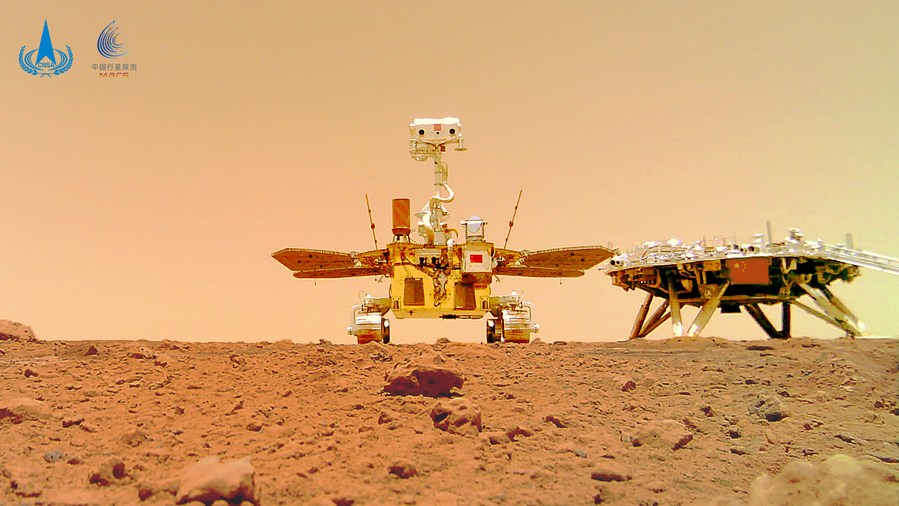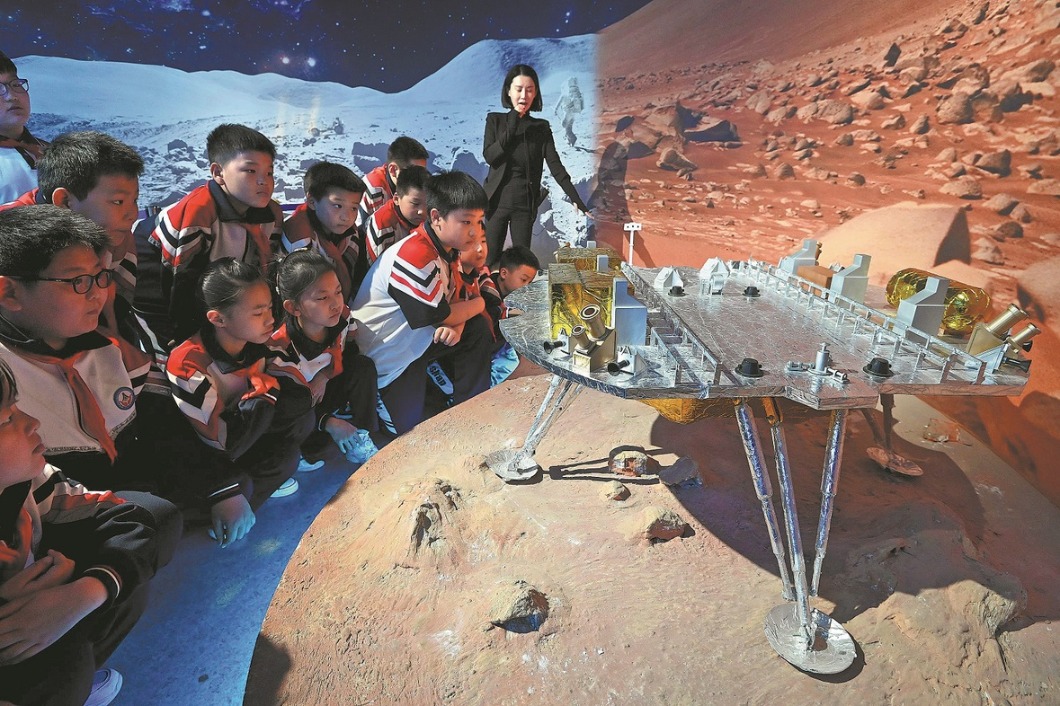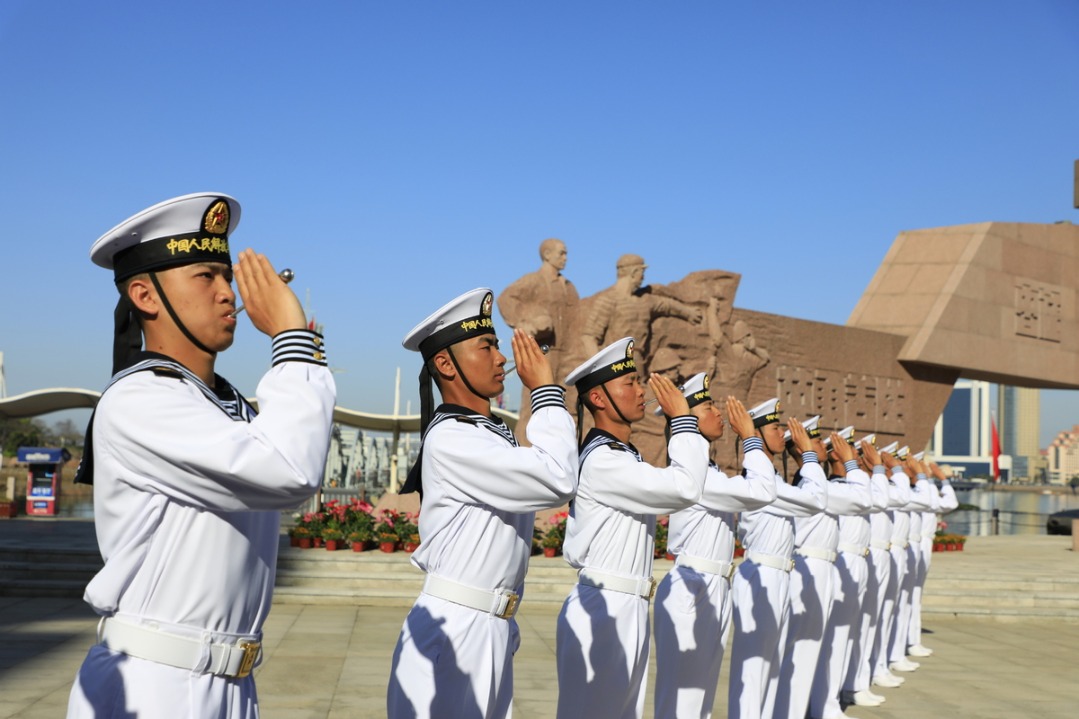Foreign proposals invited for Mars mission payload


China has begun soliciting cooperation proposals for its ambitious Mars sample-return mission, Tianwen 3, the China National Space Administration said on Thursday.
At a ceremony in Shanghai marking the country's 10th Space Day, the agency announced it would offer opportunities for foreign researchers to place scientific instruments aboard the Tianwen 3 robotic probe.
According to the latest information published by the administration, the Tianwen 3 mission will include five components — a lander, an ascender, a service capsule, an orbiter and a reentry module. The mission is scheduled to launch around 2028 using two Long March 5 heavy-lift carrier rockets from the Wenchang Space Launch Center in southern Hainan province.
The lander, ascender and service capsule will travel along an Earth-Mars transfer trajectory and carry out orbital corrections before entering Martian orbit. At that point, they will separate, with the lander and ascender attempting an engine-assisted soft landing on the Martian surface. The service capsule, designed primarily to power the journey, will also carry scientific payloads.
Meanwhile, the orbiter and reentry module will follow the same path into Martian orbit, where they will remain to relay signals and await the samples.
Once collected and sealed in a vacuum metal container, the samples will be lifted into orbit by the ascender to rendezvous and dock with the reentry module.
After transferring the samples, the ascender will undock.
The orbiter and reentry module will then leave Martian orbit and head toward Earth. Near Earth, they will separate, and the reentry module will conduct a series of complex maneuvers to land at a designated site.
If successful, the mission would mark the first time Mars samples are returned to Earth. Scientists hope the material will help them search for signs of past life, study Martian geology and internal structure, and gain insight into the planet's atmospheric cycles.
In its announcement on Thursday, the administration said it has allocated 15 kilograms of payload capacity on the orbiter and 5 kilograms on the service capsule for foreign payloads. It encouraged interested parties to review detailed technical requirements on its official website.
China launched its first Mars mission, Tianwen 1, in July 2020. That mission, the country's first independent interplanetary exploration effort, saw its lander touch down on the Martian surface in May 2021 and deploy the Zhurong rover to carry out scientific tasks.




































